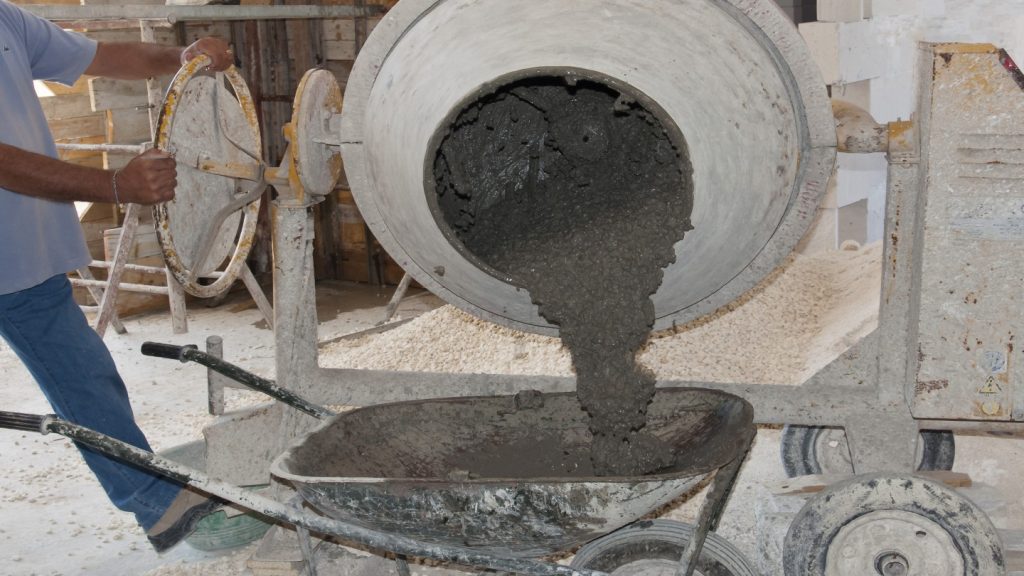Nippon Electric Glass has been granted a patent for a small-diameter chalcogenide glass material that is suitable for use as an optical element in infrared sensors. The glass material has excellent weather resistance and mechanical strength, with a pillar shape and a diameter of 15 mm or less. The patent also includes a method for producing the glass material, which involves drawing a glass base material with specific compositions and ensuring a pore-free cross section. GlobalData’s report on Nippon Electric Glass gives a 360-degree view of the company including its patenting strategy. Buy the report here.
According to GlobalData’s company profile on Nippon Electric Glass, hydrogen storage alloys was a key innovation area identified from patents. Nippon Electric Glass's grant share as of September 2023 was 25%. Grant share is based on the ratio of number of grants to total number of patents.
Small-diameter chalcogenide glass material suitable for infrared sensor
See Also:
A recently granted patent (Publication Number: US11760681B2) describes a method for producing chalcogenide glass material. Chalcogenide glass is a type of glass that contains elements such as sulfur (S), selenium (Se), and tellurium (Te), as well as antimony (Sb) and arsenic (As).
The method involves drawing a glass base material through a redraw process. The glass base material should contain 40 to 90% of the combined mole percentage of S, Se, and Te, and 20 to 35% of the combined mole percentage of Sb and As. The diameter of the chalcogenide glass material after drawing should be between 1 mm and 15 mm. Importantly, the cross section of the chalcogenide glass material after drawing should not contain any pores or air holes.
In addition, the patent claims that the drawing temperature should be equal to or lower than the glass transition point of the chalcogenide glass material plus 100°C. This ensures that the glass material is not subjected to excessive heat during the drawing process.
The drawing process can be performed in a vacuum or in an inert atmosphere. This helps to prevent any unwanted reactions or contamination during the production of the chalcogenide glass material.
Finally, the patent claims that the chalcogenide glass material produced using this method consists solely of glass material. This suggests that the resulting material is free from impurities or other non-glass components.
Overall, this patent describes a method for producing chalcogenide glass material with specific composition requirements and without any pores or air holes. The method involves drawing a glass base material at a controlled temperature and in a controlled environment. This invention could have potential applications in various fields, such as optics, electronics, and telecommunications, where chalcogenide glass is commonly used.
To know more about GlobalData’s detailed insights on Nippon Electric Glass, buy the report here.
Premium Insights
From

The gold standard of business intelligence.
Blending expert knowledge with cutting-edge technology, GlobalData’s unrivalled proprietary data will enable you to decode what’s happening in your market. You can make better informed decisions and gain a future-proof advantage over your competitors.





